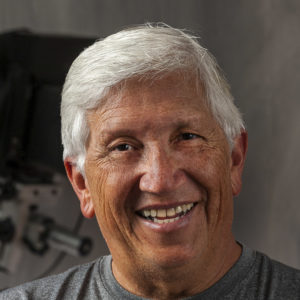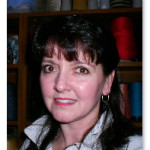
Joe Coca – Keynote Speaker
Spinning Yarns, Weaving Tales
Wednesday evening
Photographing cloth started out as an opportunistic fluke. As a young struggling photographer just out of school, hunting for work, I was directed to visit a woman who was just in the planning stages of producing a weaving magazine, and 38 years later I am still photographing cloth. It has been an exciting adventure from those early days of plying my trade with Interweave Press and Linda Ligon, to today shooting books for Thrums and the same Linda Ligon.
Almost every photographer’s dream is to work for National Geographic and I was no exception, but just out of school, young, naive, and inexperienced, it would have been like me taking over for Tom Brady and leading the New England Patriots to an undefeated season plus winning the Super Bowl. It wasn’t going to happen and I thought photographing cloth was far from working for National Geo.
I started out not knowing the front end of a loom from the back, much less the difference between a weft and a warp. Never in my imagination did I ever think that weaving would allow me to see the world and experience some incredible cultures first hand, as well as meet a host of talented individuals and get to see and photograph them as well as some amazing textiles. So come, spend a bit of time listening to some tales from the past, when we had to use real film, heaven forbid, when we had to make unfinished pieces look like they were totally finished, pre-Photoshop, and many other such deeds. It was all fun.
. . .
Robyn Spady
Say, What?
Anatomy and Physiology of the “Complex Weave” (and why communicating can be so dang challenging)
Friday afternoon – Special Seminar for All
In 1966, Irene Emery authored The Primary Structures of Fabric. For many weavers this became a fundamental resource on how weave structures could be organized and classified. It often helps us understand the fundamentals of many weaves, but it doesn’t hold up when put it to the test on other weaves. Since then there have been other publications to help people interested in textiles to help better understand weaves and fabric. Yet we remain challenged in effectively communicating within and outside of the weaving community. This seminar promises to end Complex Weavers Seminars 2018 with a rousing presentation and discussion on the language of weaving, why it challenges us, and what we, as complex weavers, can do to move forward with reconciling terms, clarifying how we communicate, and improving our documentation. The emphasis will be on the “complex weave”.


